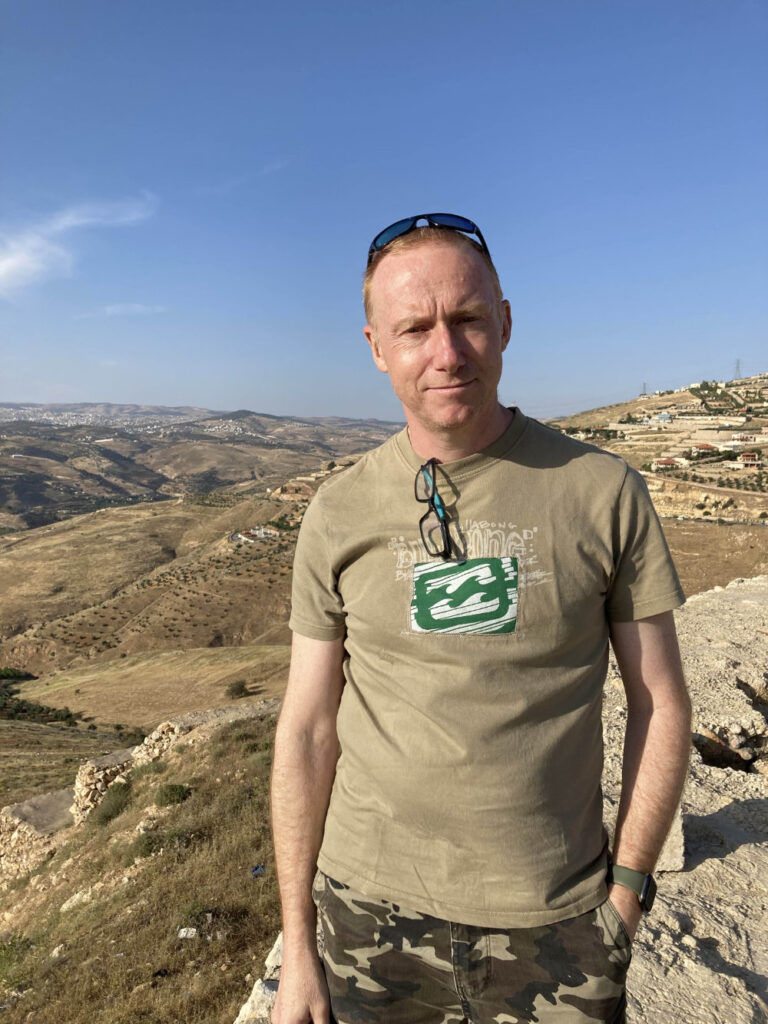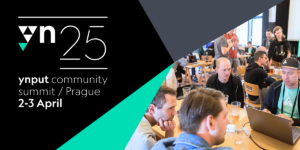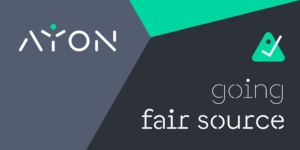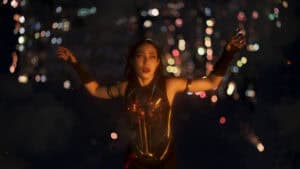Meet the team: Philippe Leprince

What was your professional background?
I worked for over 20 years in Visual Effects (DNEG, Framestore, Mikros, etc.), contributing to many commercials and blockbusters, including the Harry Potter movies, The Dark Knight, and Inception. I then spent eight years at Pixar as a RenderMan engineer and two years at Unity WetaTools as an Engineering Manager. My core interests are rendering, compositing, and pipeline. My goal has always been to push the state of the art and build better tools for artists.
What’s your biggest professional challenge before joining Ynput?
I can’t really pinpoint a single challenge. During the years I worked in VFX, I was often tasked with making the impossible possible, but with the right team, these challenges generally resolved themselves almost organically, as if by magic. In the end, the biggest challenge is always finding talented, like-minded people to build the perfect team for each project.
What’s your proudest achievement?
I think The Dark Knight was a milestone in helping me shed my impostor syndrome. After successfully supervising a sequence on Harry Potter and the Order of the Phoenix, I was tasked with rendering the show’s 700+ fully photorealistic shots at 6.5K resolution.
At the start of the project, we attended an IMAX screening of the iconic opening scene. One of the first shots featured a rooftop covered in gravel. When it appeared, there was an audible gasp in the room – you could see every single f***ing piece of gravel. The visible detail was stunning!
At that time, our tools couldn’t even open and display the final render at full resolution, and the amount of data and computation required was enormous. We had to address numerous issues, create new tools, and build shading and lighting systems that could handle such intense scrutiny. It was a lot of hard work, but also incredibly satisfying. I have fond memories of my team and the amazing work we accomplished on that project.
What motivated you to join Ynput?
I wanted to work on an exciting project with a smaller, focused team. Pipeline is the backbone of any studio worth its salt, and I found Milan’s vision very compelling. We want to create a pipeline that doesn’t suck, one that frees artists to focus on the creative parts of their work.
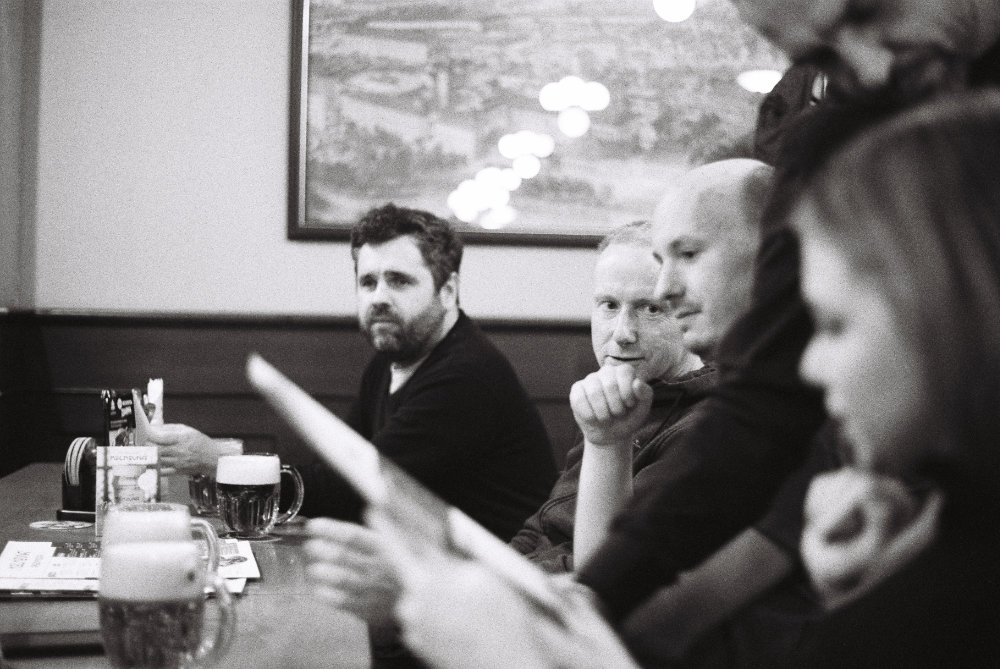
How do you find working in an open source, community-driven environment like Ynput?
I’ve contributed to open-source projects for the past 15 years, and giving back to the community is very important to me. While only a handful of highly motivated individuals typically end up contributing, open-source fosters a dialogue with the wider community. This feedback helps drive the evolution of our software and keeps it relevant.
The dirty secret of open-source software is that it’s not actually free. Someone, somewhere, is paying for it, whether with money or time. I hope we, as a company, bring enough value to the table to build a sustainable business model. That said, it’s certainly a challenge.
What will you be doing at Ynput?
As Head of Engineering, my job is to support and guide a very experienced team of developers and chart the future of our software in collaboration with the senior leadership team.
What are you most excited to begin working on at Ynput?
I really enjoy the first few months in any new role, getting to know the team and understanding what matters most to them and the product. Beyond having a strong feature set, reliability is the most critical aspect of a pipeline, and that’s something I’ll focus on.
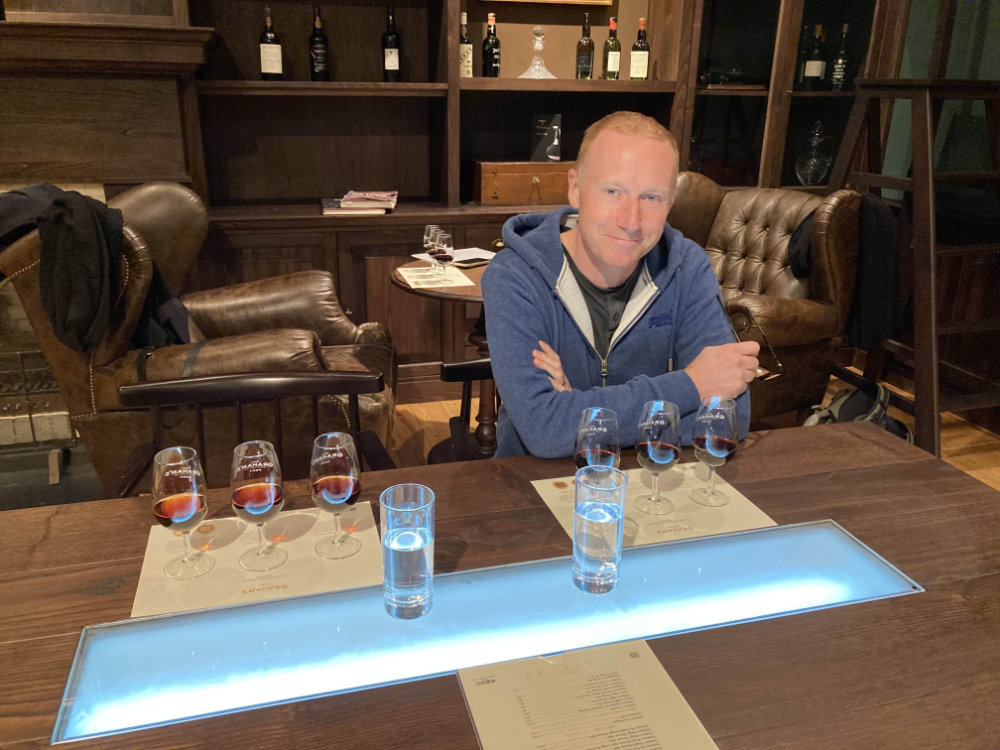
What advice would you give to someone aspiring to work in your Role?
If you’re already a competent developer, you need to be prepared to focus on communication and people management. People are complicated and will demand more of your attention than you might expect. Be ready to give up coding, as it’s no longer your primary responsibility.
Your time will be divided between high-level goals (processes, reliability, resource allocation, etc.) and team management. But there’s nothing more rewarding than managing a happy, functional team that gets sh*t done. It’s awesome.
How do you balance work with personal life?
It isn’t always smooth, but my family understands my work ethic. Early in my career as a VFX artist/TD, I learned the importance of saying “no” when I had good reasons. If you’re considered reliable, people won’t mind.
It’s important to remember that we’re not saving lives or performing open-heart surgery. While occasional overtime is inevitable, I’ve been fortunate to work for well-organised companies where it rarely happened. Working out of hours isn’t a curse, it’s usually a symptom of poor planning or bad client management.
Outside of work, I enjoy making synthetic music in my home studio, heavily influenced by artists like Depeche Mode, Tears for Fears, Propaganda, and NIN. I also love snowboarding in the French Alps and watching movies with elaborate, unpredictable plots, epic visuals, and swelling scores. I’m a big fan of composers like John Williams and Hans Zimmer, as well as adventurous directors like Christopher Nolan and Denis Villeneuve who excel at storytelling and creating cinematic magic.
